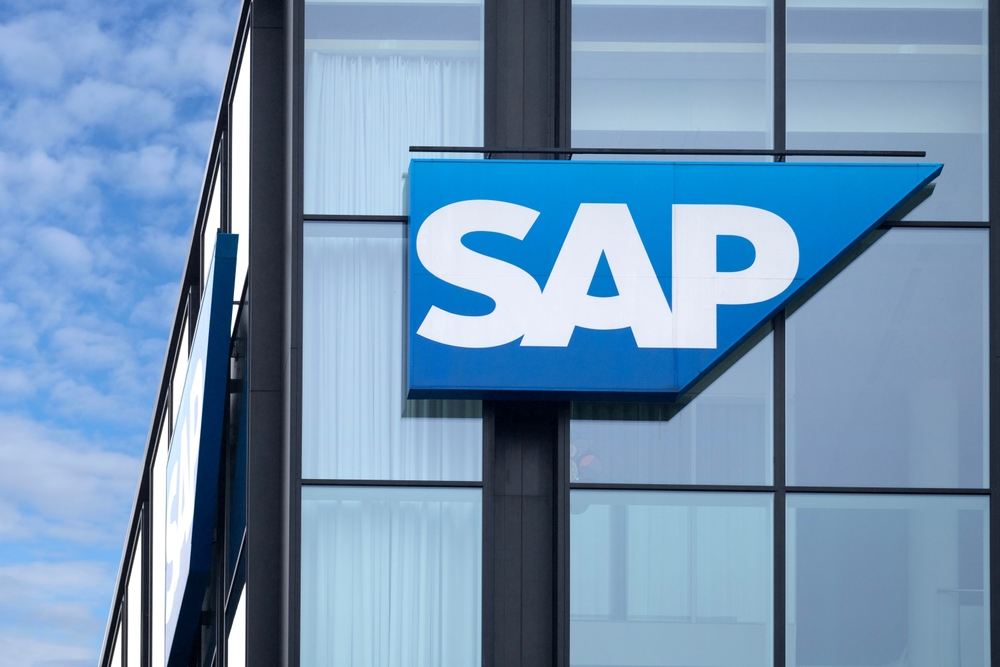Triple-Digit Profit Growth
In the third quarter of fiscal 2025 (the three months ending October 27, 2024), NVIDIA’s total revenue soared by 94% year-over-year to $35.1 billion, while net income reached $19.3 billion, more than double last year's figure. The vast majority of this revenue, $30.8 billion (a 112% year-over-year increase), came from the data centre segment, which heavily relies on NVIDIA’s chipsets. The demand for these products is primarily driven by advancements in artificial intelligence. However, gross margins fell slightly compared to previous quarter, primarily due to the high costs associated with ramping up production of the Blackwell, NVIDIA's latest architecture for data centres.
Slower Outlook but Significant Potential
Triple-digit growth every year is unlikely, as reflected in the financial guidance for the next quarter. NVIDIA expects revenue of around $37.5 billion and a further decline in gross margins to approximately 73%. In terms of revenue, this would mark the slowest growth in the past seven quarters. The latest forecasts slightly disappointed investors, who have become accustomed to the company consistently surpassing their expectations, and NVIDIA’s stock saw a slight drop the day after the results were released. However, it has already tripled in value this year and As of November 22, 2024, the company was the most valuable in the world, with its stock trading near its all-time high.* Despite this, there is room for further growth, and it remains one of the most attractive stocks on Wall Street. [1]

Source: investing.com*
Chip Production Running at Full Capacity
It is the revenue from the new Blackwell chip orders that investors have high expectations for in the next quarter. According to the company, its production is already reaching required volumes, as only 13,000 units were delivered in the last accounting period. Deliveries were delayed mainly due to technical issues that NVIDIA has reportedly resolved, but recently there have been reports of alleged overheating issues in certain chip configurations. TSMC, NVIDIA’s main supplier, claims that the new generation of chips requires more complex and intricate processes, and its manufacturing capacity reached maximum levels. Therefore, NVIDIA is expected to face demand next year that it will be unable to meet. However, TSMC plans to gradually increase its capacity, and by the last quarter of 2025, it expects its capacity to be double what it is today.
NVIDIA's Success Impacts Many
NVIDIA’s success is closely tied to the broader tech sector. Major players like Microsoft, Alphabet, and Amazon are among its clients, while suppliers like TSMC, depend on NVIDIA’s growth. The company has established its reputation with cutting-edge AI hardware, which currently faces little competition. The integration of AI into various tools and services will be critical for future demand. NVIDIA’s performance significantly influences the performance of many other tech companies and may also resonate on broader market.
Often Overlooked Risks of the Tech Market
Tech giants are heavily investing in AI, with projected aggregate investments by Microsoft, Alphabet, Amazon, Apple, and Meta reaching $200 billion in 2025—nearly double the amount in 2021. However, investors often overlook macroeconomic risks. Economic slowdowns or recessions could force companies to significantly cut AI spending, reducing demand and destabilizing the market.
Unlike easily scalable business models of software companies that dominated the first two decades of the 21st century, transitioning to AI technologies is more complex. It requires substantial investments in infrastructure and hardware, representing a transformative step that cannot be easily reversed. This shift presents both opportunities and risks that will shape the future of the industry.
David Matulay, analyst of InvestingFox
* Historical data is not a guarantee of future returns.
[1] Warning! This marketing material is not and should not be construed as investment advice. Historical data is not a guarantee of future returns. Investing in foreign currencies may affect returns due to fluctuations. All securities transactions may result in both profits and losses. Forward-looking statements represent assumptions and current expectations that may not be accurate or are based on the current economic environment, which may change. These statements do not guarantee future performance. InvestingFox is a trademark of CAPITAL MARKETS, o.c.p., a.s. regulated by the National Bank of Slovakia.
Sources:
 English
English
 Slovak
Slovak
 Czech
Czech
 Hungarian
Hungarian
 Italiano
Italiano
 Polish
Polish





